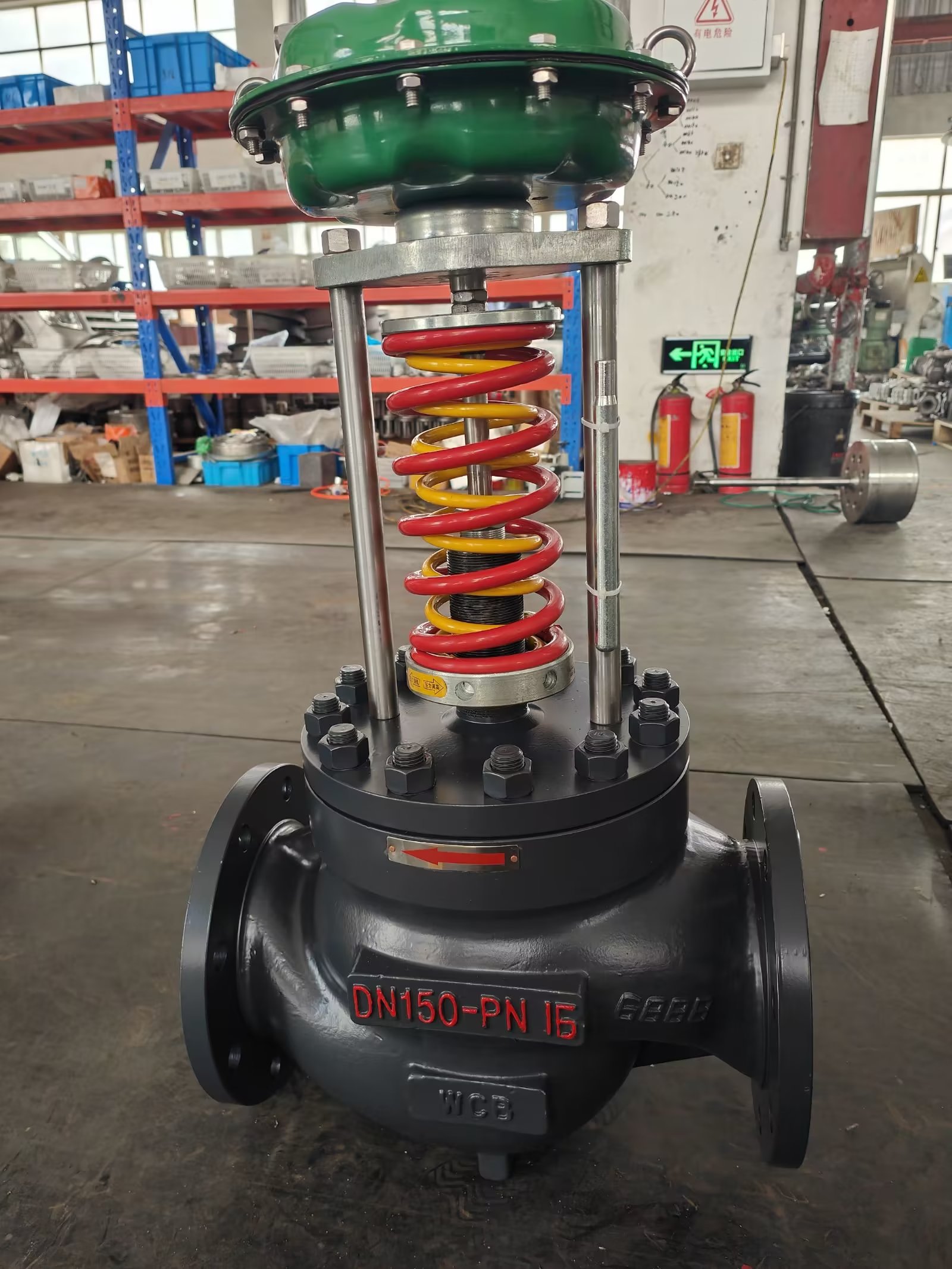Exploring the Specifications and Applications of 150% 20 lb Flanges in Various Industries
Understanding the 150 lb Flange Specifications and Applications
Flanges are essential components in piping systems, serving as a connection between different segments of pipe, valves, pumps, or other equipment. Among the various types of flanges, the 150 lb flange stands out as one of the most common and widely used in many industries, including oil and gas, water distribution, and manufacturing. This article will explore the specifications, types, materials, and applications of the 150 lb flange.
What is a 150 lb Flange?
The term 150 lb refers to the pressure rating of the flange. Specifically, it indicates that the flange can handle a maximum pressure of 150 psi (pounds per square inch) at a temperature of 100°F. The pressure rating is an essential factor to consider when selecting flanges for specific applications, as it ensures that the components can withstand the operating conditions without failure.
150 lb flanges conform to the American National Standards Institute (ANSI) B16.5 specifications, which outline the dimensions and standards for both raised face and flat face flanges. These flanges are commonly available in various sizes ranging from ½ inch to 24 inches and can be made from a variety of materials, including carbon steel, stainless steel, and alloy steel, depending on the requirements of the application.
Types of 150 lb Flanges
There are several types of 150 lb flanges available, each serving a unique purpose
1. Slip-On Flange This flange slides over the pipe, allowing for easy alignment and welding. It is often used in piping systems where ease of installation is crucial.
2. Weld Neck Flange Featuring a long tapered hub, this flange is welded to the pipe and provides excellent strength and stability. It is commonly used in high-pressure applications due to its ability to handle stress and pressure effectively.
3. Blind Flange A solid flange that is used to close off the end of a piping system, a blind flange ensures that the system is sealed and prevents leaks.
4. Socket Weld Flange This flange is designed for small-diameter pipes, and the pipe is inserted into the flange before being welded. It is ideal for applications where high strength is required.
5. Threaded Flange Utilized in systems where welding is not feasible, threaded flanges can be screwed onto the pipe for easy installation and removal.
150 lb flange

Materials Used in 150 lb Flanges
The choice of material for a 150 lb flange is critical to its performance. Common materials include
- Carbon Steel Strong and cost-effective, carbon steel is widely used in low- to moderate-temperature applications.
- Stainless Steel Known for its corrosion resistance, stainless steel flanges are ideal for applications involving harsh chemicals or moisture.
- Alloy Steel These flanges are engineered to withstand extreme temperatures and pressures, making them suitable for critical applications in the oil and gas industry.
Applications of 150 lb Flanges
The versatility of 150 lb flanges makes them suitable for a wide range of applications, including
- Water and Wastewater Treatment Flanges facilitate the connection of various equipment in treatment plants, ensuring a reliable flow of water.
- Oil and Gas Production These flanges are commonly used in pipelines, compressors, and valves, enabling safe transport of oil and gas.
- Manufacturing and Processing Industries such as food and beverage, pharmaceuticals, and chemicals rely on 150 lb flanges for their piping systems.
Conclusion
The 150 lb flange is a vital component in many industrial applications, providing reliability and performance under varying pressure conditions. Understanding the specifications, types, materials, and applications of these flanges is essential for engineers and procurement professionals tasked with designing and maintaining efficient piping systems. By selecting the appropriate flange, industries can ensure the integrity and safety of their operations while minimizing downtime and maintenance costs.
-
The Versatility of Ball Valves in Fluid Control SystemsNewsJun.10,2025
-
The Practical Benefits of Centerline Butterfly ValvesNewsJun.10,2025
-
The Benefits of Bellows Seal Globe Valves for Industrial SystemsNewsJun.10,2025
-
The Advantages of Offset Butterfly ValvesNewsJun.10,2025
-
Ductile Gate Valves: Strong, Reliable, and Essential for Every SystemNewsJun.10,2025
-
Cast Iron Gate Valves: A Reliable Solution for Every SystemNewsJun.10,2025
-
Why Choose a Brass Gate Valve for Superior Performance and DurabilityNewsMay.09,2025




